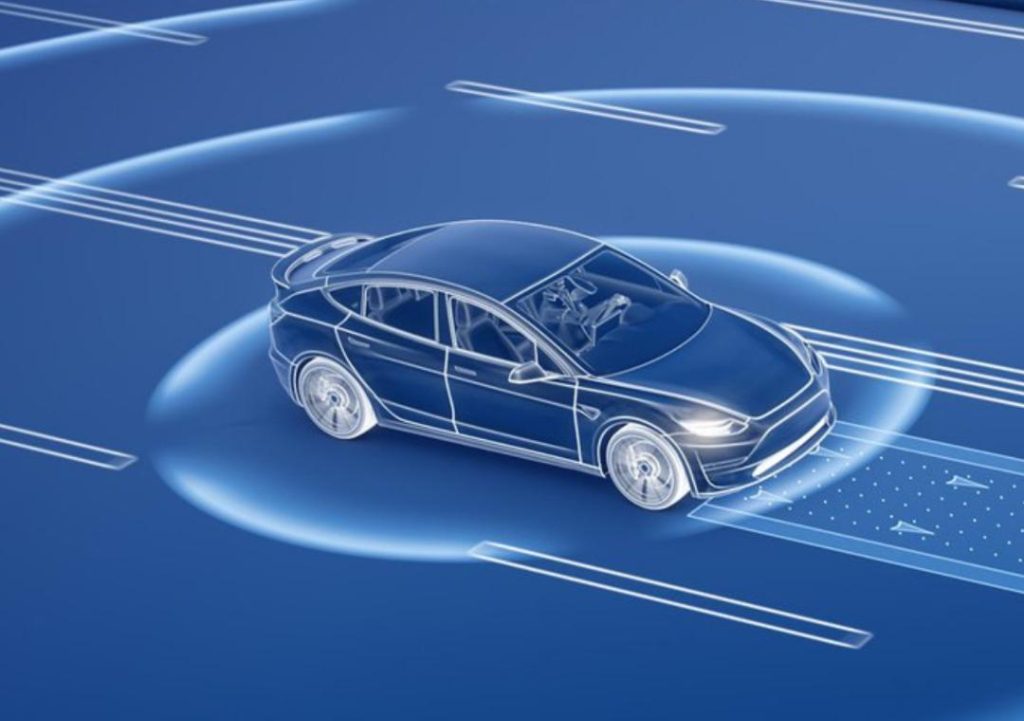
What Makes Autonomous Cars So Complex?
The concept of self-driving cars has been a hot topic in the automotive industry for years, with companies like Tesla and Motional leading the charge. Autonomous vehicles (AVs) are rated across six levels of autonomy, with most modern vehicles falling under Level 2 or 3. However, as the technology matures, it’s clear that creating a seamless and safe driving experience is a multi-layered challenge.
In this blog post, we’ll dive into the complexities of autonomous cars and explore the key factors that make them so difficult to develop.
Sensor Accuracy
One of the most critical components of an autonomous vehicle is the sensor system. This system relies on a combination of cameras, radar, ultrasonic sensors, and lidar (Light Detection and Ranging) to gather data about the environment. However, ensuring the accuracy of these sensors is a significant challenge.
For instance, cameras can be affected by weather conditions, lighting, and even the type of paint used on surrounding buildings. Radar sensors can struggle to detect objects at close range, while ultrasonic sensors may not be effective in detecting objects at long range. Lidar, on the other hand, is highly accurate but can be affected by the quality of the sensor and the environment it’s used in.
To address these issues, companies are developing more advanced sensors that can better withstand various conditions. For example, some companies are using lidar sensors with higher resolutions and longer ranges to improve object detection. Others are developing sensors that can detect and adapt to changing environmental conditions.
LiDAR Integration
LiDAR technology is a crucial component of autonomous vehicles, providing high-resolution 3D images of the environment. However, integrating LiDAR into an AV system is a complex task that requires careful consideration of factors such as:
- Sensor placement: LiDAR sensors need to be carefully placed to ensure optimal coverage of the vehicle’s surroundings.
- Sensor calibration: LiDAR sensors must be calibrated to ensure accurate data collection and processing.
- Data processing: The complex data generated by LiDAR sensors must be processed quickly and accurately to enable real-time decision-making.
Companies are addressing these challenges by developing more advanced LiDAR systems that can be easily integrated into AVs. For example, some companies are using solid-state LiDAR sensors that are smaller, lighter, and more power-efficient than traditional LiDAR systems.
Real-time Prediction Models
Another critical component of autonomous vehicles is real-time prediction models. These models use data from sensors and other sources to predict the behavior of other vehicles, pedestrians, and road users. However, developing accurate and reliable prediction models is a complex task that requires consideration of factors such as:
- Data quality: The quality of the data used to train prediction models is critical. Companies must ensure that their data is accurate, comprehensive, and representative of a wide range of scenarios.
- Model complexity: Prediction models must be complex enough to accurately model the behavior of other road users, but not so complex that they become difficult to train and deploy.
- Training data: Companies must develop large, diverse datasets that can be used to train prediction models. This requires extensive testing and validation of the models in various scenarios.
Companies are addressing these challenges by developing more advanced prediction models that can be trained using large, diverse datasets. For example, some companies are using deep learning algorithms to develop models that can accurately predict the behavior of other road users.
Other Challenges
In addition to sensor accuracy, LiDAR integration, and real-time prediction models, there are several other challenges that companies must overcome to develop successful autonomous vehicles. These challenges include:
- Regulatory hurdles: Autonomous vehicles must comply with a wide range of regulations, including those related to safety, security, and data privacy.
- Public acceptance: Many people are skeptical about the safety and reliability of autonomous vehicles, which can make it difficult to gain public acceptance.
- Cybersecurity: Autonomous vehicles rely on complex software and hardware systems, which can make them vulnerable to cyber attacks.
- Testing and validation: Autonomous vehicles must be extensively tested and validated to ensure that they can operate safely and effectively in a wide range of scenarios.
Conclusion
Autonomous vehicles are a complex and rapidly evolving technology that requires careful consideration of a wide range of factors. From sensor accuracy and LiDAR integration to real-time prediction models and regulatory hurdles, there are many challenges that companies must overcome to develop successful autonomous vehicles.
However, as the technology continues to mature, we can expect to see more advanced and reliable autonomous vehicles that can improve road safety, reduce traffic congestion, and enhance the overall driving experience.
About the Author
[Your Name] is a content writer at Growth Jockey. With a focus on AI and machine learning, [Your Name] has written extensively on the intersection of technology and industry. [Your Name] has a passion for staying up-to-date on the latest developments in AI and is always looking for new and innovative ways to apply this technology to real-world problems.
Source
https://www.growthjockey.com/blogs/ai-in-automotive-industry






